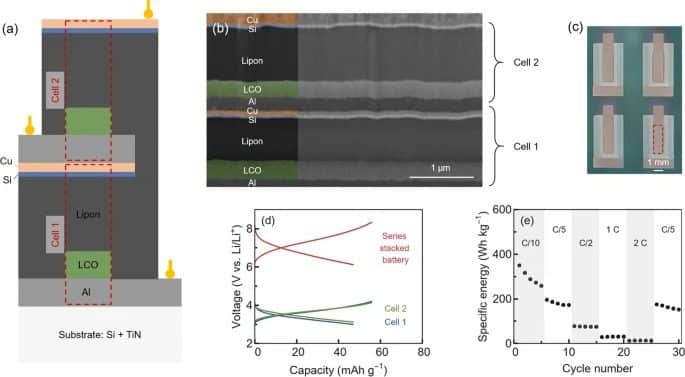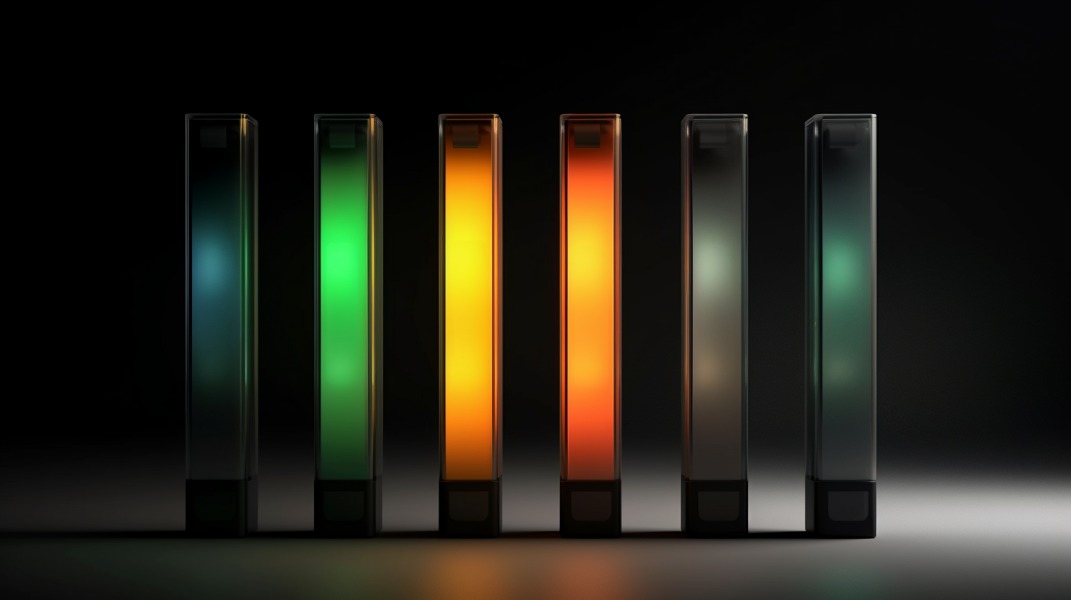The EMPA, Short for Swiss Federal Laboratories for Materials Science and Technology, is an internationally renowned Swiss research institute specializing in materials science and technology. For years he has dedicated himself to the development of innovative solutions (that we follow) in various sectors, including energy. Today, EMPA researchers have made a significant breakthrough in the field of rechargeable batteries, developing a thin battery that is not only safer and more durable than traditional lithium batteries, but also more environmentally sustainable.
This innovation promises to dramatically reduce charging times, leading to profound implications for a wide range of electronic devices, from mobile phones to electric cars.
The revolution of slim rechargeable batteries
Energy is the engine of our modern world. From the time we wake up in the morning until we turn off the lights at night, we are constantly surrounded by energy-hungry devices. And in this scenario, batteries play a crucial role. But not all batteries are created equal.
Lithium-ion batteries, for example, have become the industry standard for nearly all electronic devices. However, they are not without flaws. Their capacity decreases with each charge and discharge cycle, and they are sensitive to changes in temperature. btry (pronounced “Battery”), a spin-off company from EMPA, promises to change all that. Its slim batteries are rechargeable in just one minute, much more resistant to temperature changes and, most importantly, they are non-flammable.

A leap into the future
The secret of this technology is in precision. Imagine you want to build a wall of LEGO bricks, but each brick is made of a special material and must be placed in a specific order. The EMPA researchers used a technique called “vacuum coating,” which works a bit like a super-advanced 3D printer. Instead of plastic, it sprays tiny particles in perfect layers onto a base. A more expensive process than traditional ones, but in the end you get a battery that has several advantages compared to current rechargeable ones.
We are still in the early stages of development (I'll link the search here), thin-film cells have a small surface capacity and are therefore limited to applications with low power requirements, such as smart cards, medical devices and small sensors for Internet of Things applications. However, the potential is enormous. There is no reason to believe that these slim batteries will not become an industry standard. In the near future our devices will undoubtedly be more efficient, and perhaps (ready? I'm about to use the modern-day mantra, don't begrudge me) more sustainable. Our electric car will recharge while we make a quick stop at the bar, or simply wait on board. Our smartphone will return to 100% in the time it takes us to place it on a bedside table and stretch.
Am I exaggerating? Maybe. Matter of time.


